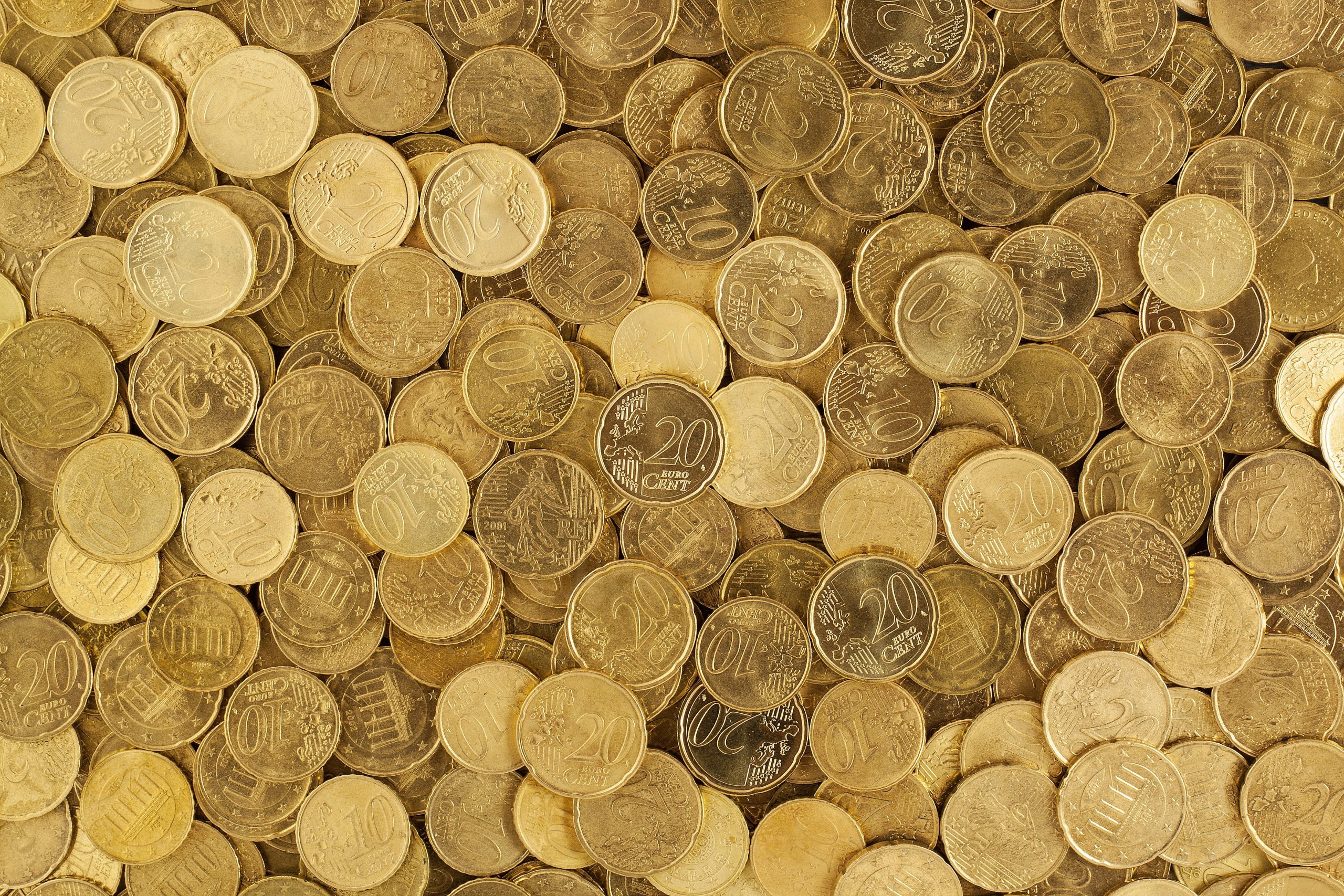A Self-Directed IRA- A Comprehensive Guide
Retirement planning is crucial to ensure a comfortable and financially stable life after you retire. One way to diversify your retirement portfolio is by investing in a Self-Directed IRA. This type of IRA offers greater control and flexibility over your investment options, allowing you to invest in a wider range of assets beyond the traditional stocks, bonds, and mutual funds.
What is a Self-Directed IRA?
A Self-Directed IRA (SDIRA) is a type of individual retirement account that allows you to invest in alternative assets such as real estate, private equity, precious metals, cryptocurrencies, and more. Unlike traditional IRAs, which are typically managed by financial institutions and limited to a narrow range of investment options, SDIRAs allow you to have greater control over your investment choices.
With an SDIRA, you act as the custodian of your account and are responsible for making investment decisions. This means that you have the power to choose the types of investments that align with your financial goals and risk tolerance.
How does a Self-Directed IRA work?
Like traditional IRAs, you can contribute up to a certain amount each year to your SDIRA. Contributions to a traditional SDIRA may be tax-deductible, while contributions to a Roth SDIRA are made with after-tax dollars.
Once you have funds in your SDIRA, you can start investing in a wide range of assets, including but not limited to real estate, private equity, precious metals, cryptocurrencies, and more. It’s important to note that certain investment options may have specific rules and restrictions, so it’s important to research and understand each investment option before investing.
Benefits of a Self-Directed IRA:
- Greater Control Over Investment Choices: With an SDIRA, you have the power to choose the types of investments that align with your financial goals and risk tolerance.
- Diversification: Investing in a wider range of assets beyond traditional stocks, bonds, and mutual funds can help you diversify your portfolio and minimize risk.
- Tax Advantages: Contributions to traditional SDIRAs may be tax-deductible, while Roth SDIRAs allow for tax-free withdrawals in retirement.
- Higher Returns: Investing in alternative assets with potentially higher returns can help you grow your retirement savings faster than traditional investments.
Risks of a Self-Directed IRA:
- Complexity: With greater control and flexibility comes greater responsibility. Managing an SDIRA can be complex, and there are specific rules and regulations that must be followed.
- Risky Investments: Investing in alternative assets can be riskier than traditional investments. It’s important to research and understand each investment option before investing.
- Higher Fees: SDIRAs may come with higher administrative and transaction fees compared to traditional IRAs.
- Limited Liquidity: Certain investments, such as real estate or private equity, may be less liquid than traditional investments, meaning they cannot be easily sold for cash.
Choosing the Right Self-Directed IRA Custodian:
To open an SDIRA, you will need to choose a custodian to manage your account. It’s important to choose a reputable custodian with experience in managing SDIRAs and a track record of success.
Your custodian will handle administrative tasks such as account setup, record-keeping, and tax reporting. They will also ensure that all investment transactions comply with IRS rules and regulations.
When choosing a custodian, consider their fees, experience, reputation, and the types of investments they allow. It’s also important to ensure that the custodian is IRS-approved and meets certain security and reporting requirements.
Investing in a Self-Directed IRA can offer greater control, flexibility, and diversification over your retirement portfolio. With the ability to invest in a wide range of assets beyond the traditional investments, SDIRAs provide an opportunity to potentially increase returns and achieve your financial goals faster. However, it’s important to understand the risks and complexities associated with SDIRAs before deciding to invest.
One of the main benefits of SDIRAs is greater control over your investment choices. With traditional IRAs, the investment options are often limited to stocks, bonds, and mutual funds. SDIRAs, on the other hand, allow you to invest in a wide range of assets, including real estate, private equity, precious metals, cryptocurrencies, and more.
This increased flexibility allows you to tailor your investments to your specific financial goals and risk tolerance. For example, if you are looking to generate rental income, you could invest in a rental property through your SDIRA. Or, if you are interested in the potential high returns of private equity, you could invest in a private company.
Another benefit of SDIRAs is diversification. By investing in a wider range of assets, you can spread out your risk and potentially minimize the impact of any one investment performing poorly. This can help protect your retirement savings and provide greater financial security.
In addition to greater control and diversification, SDIRAs offer tax advantages. Traditional SDIRAs allow for tax-deductible contributions, meaning you can reduce your taxable income in the year you make the contribution. Roth SDIRAs, on the other hand, are funded with after-tax dollars, but offer tax-free withdrawals in retirement.
However, SDIRAs also come with risks and complexities. With greater control and flexibility comes greater responsibility. Managing an SDIRA can be complex, and there are specific rules and regulations that must be followed to ensure compliance with the IRS.
Investing in alternative assets can also be riskier than traditional investments. It’s important to research and understand each investment option before investing to ensure that you are comfortable with the level of risk involved.
SDIRAs may also come with higher administrative and transaction fees compared to traditional IRAs. It’s important to consider these costs when deciding whether an SDIRA is the right choice for you.
Finally, certain investments, such as real estate or private equity, may be less liquid than traditional investments. This means that they cannot be easily sold for cash, which could impact your ability to access your retirement savings when needed.
Choosing the right SDIRA custodian is also important. Your custodian will handle administrative tasks such as account setup, record-keeping, and tax reporting. They will also ensure that all investment transactions comply with IRS rules and regulations.
When choosing a custodian, it’s important to consider their fees, experience, reputation, and the types of investments they allow. You should also ensure that the custodian is IRS-approved and meets certain security and reporting requirements.
In conclusion, SDIRAs can be a valuable tool for diversifying and potentially increasing your retirement savings. However, they also come with risks and complexities that should be carefully considered before deciding to invest. It’s important to do your research and work with a reputable custodian to ensure that you are making informed investment decisions that align with your financial goals and risk tolerance



